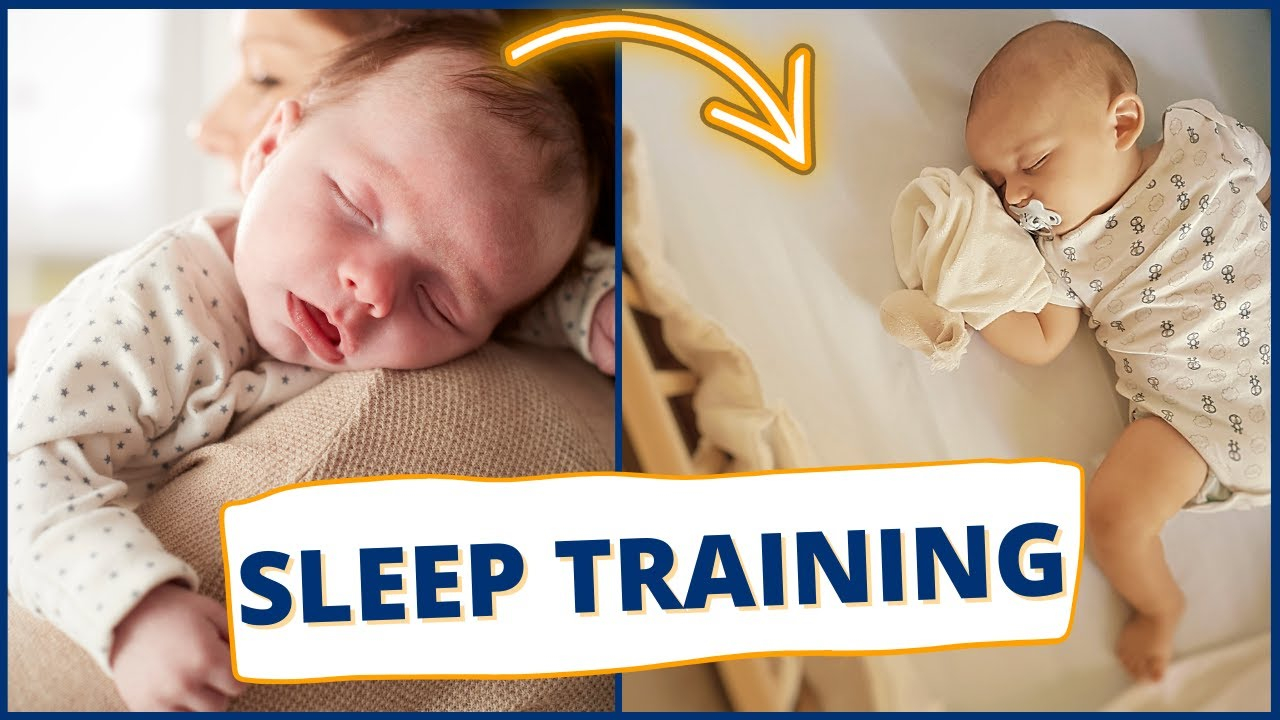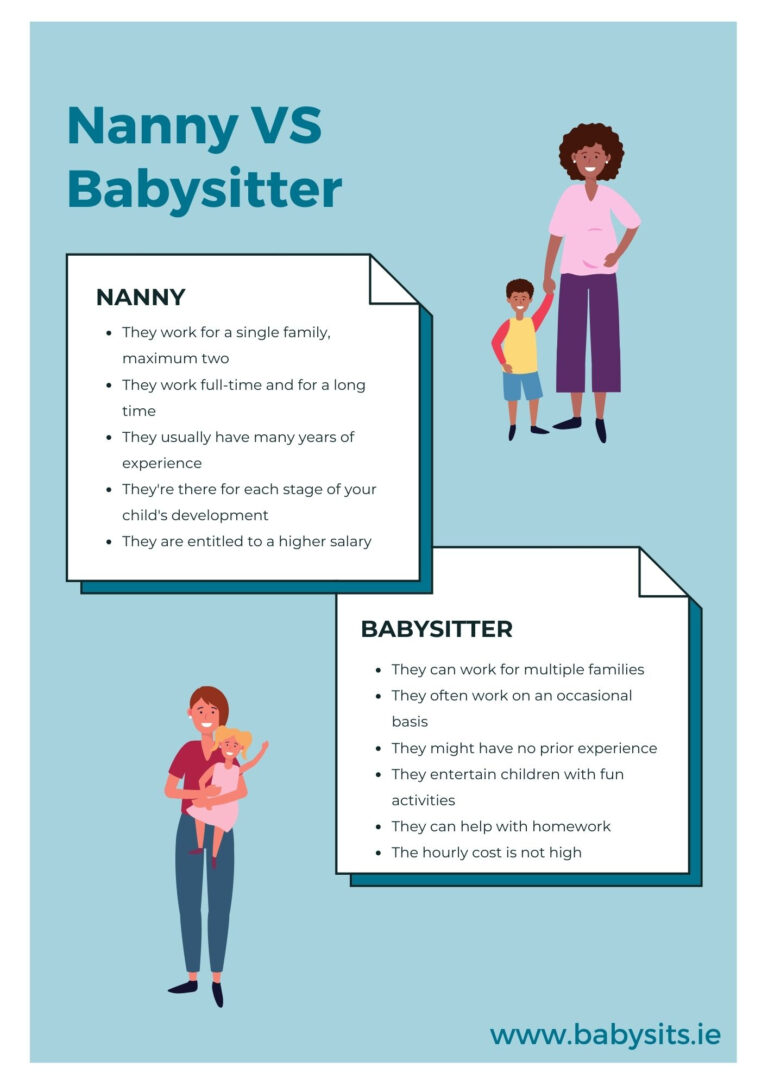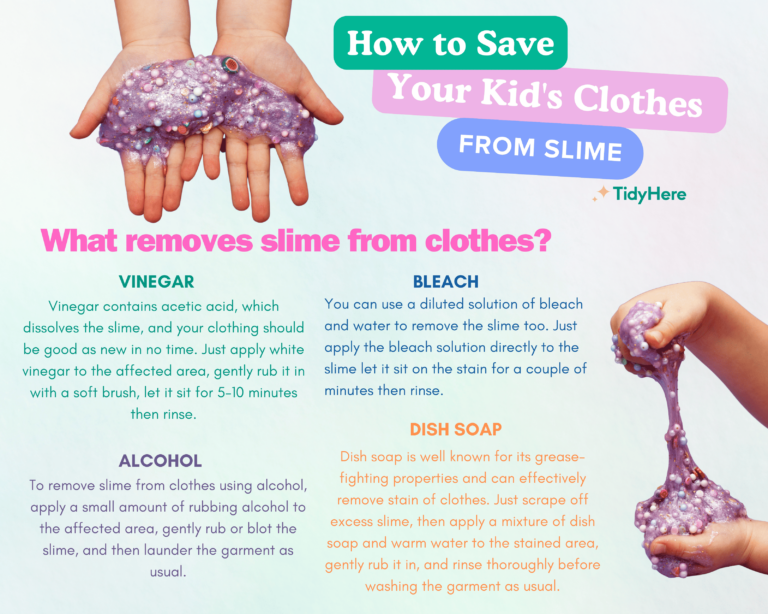How To Get Baby To Fall Asleep On Their Own
Are you struggling to get your baby to fall asleep on their own? It can be a challenging and exhausting experience for parents. However, with the right strategies and techniques, you can help your baby develop healthy sleep habits and learn to fall asleep independently. In this article, we will explore everything you need to know about how to get your baby to fall asleep on their own.
Knowledge
First and foremost, it’s essential to establish a bedtime routine for your baby. Consistency is key when it comes to helping your baby learn to fall asleep on their own. Create a calming bedtime routine that includes activities such as a warm bath, gentle massage, reading a bedtime story, and dimming the lights. This routine will signal to your baby that it’s time to wind down and prepare for sleep.
Creating a comfortable sleep environment is crucial for helping your baby fall asleep on their own. Make sure the room is dark, quiet, and at a comfortable temperature. Use white noise or a sound machine to drown out any background noise that may disrupt your baby’s sleep. Additionally, ensure that your baby’s crib is a safe and cozy space for them to sleep.
Teaching your baby self-soothing techniques can help them learn to fall asleep on their own. Encourage your baby to practice self-soothing by putting them down drowsy but awake. This will help them learn to settle themselves to sleep without relying on external soothing measures such as rocking or nursing.
It’s essential to be mindful of your baby’s awake times to prevent overtiredness, which can make it harder for them to fall asleep on their own. Pay attention to your baby’s sleepy cues and establish an age-appropriate nap and bedtime schedule. By ensuring that your baby is well-rested, you can help them fall asleep more easily.
Consistency is key when it comes to teaching your baby to fall asleep on their own. Stick to your bedtime routine and be consistent in your approach to sleep training. While it may be tempting to deviate from the plan, consistency will help your baby learn healthy sleep habits and develop the skills to fall asleep independently.
Conclusion
In conclusion, helping your baby learn to fall asleep on their own is a process that requires patience, consistency, and dedication. By establishing a bedtime routine, creating a comfortable sleep environment, encouraging self-soothing techniques, being mindful of awake times, and staying consistent in your approach, you can help your baby develop healthy sleep habits and learn to fall asleep independently. This article is intended for parents who are looking for guidance on how to help their baby establish healthy sleep habits and learn to fall asleep on their own.
Overall, the key strengths of this article lie in its comprehensive coverage of strategies and techniques to help babies fall asleep on their own. The target audience includes parents of infants and young children who are struggling with sleep issues and are looking for practical tips to improve their baby’s sleep habits.
In conclusion, helping your baby learn to fall asleep on their own is essential for their overall health and well-being. By following the strategies and techniques outlined in this article, you can help your baby develop healthy sleep habits and establish a positive bedtime routine. Remember, every baby is different, so it may take time to find the approach that works best for your little one. With patience, consistency, and a little bit of trial and error, you can help your baby learn to fall asleep on their own and get the rest they need to thrive.






